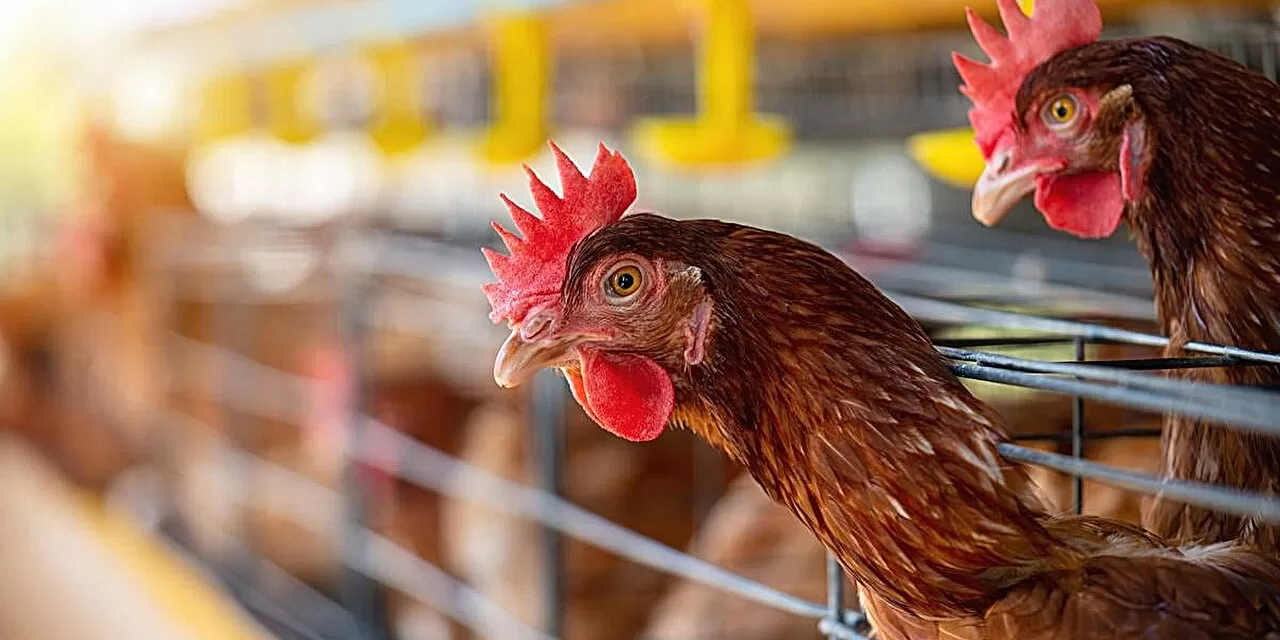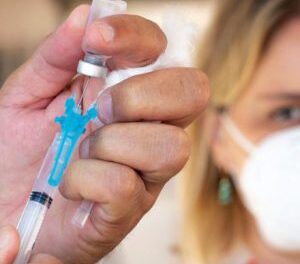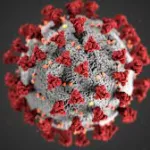Concerns are rising among health officials after a highly pathogenic avian influenza (HPAI) strain, commonly known as bird flu, has been confirmed in the United States for the first time in eight years. This resurgence has prompted increased vigilance from federal and state agencies, who are working to mitigate potential spread.
The recent detections of the H5N1 strain have been observed within both commercial poultry and, significantly, among dairy cattle, leading to concerns regarding the viruses spread. This has generated worry about the potential for increased risk to human health.
Key developments include:
- Increased Surveillance: Federal and state agricultural departments are intensifying surveillance efforts in poultry and livestock populations.
- Dairy Cattle Impact: The spread of the virus to dairy cattle has introduced a new dimension to the outbreak, requiring expanded monitoring.
- Human Health Monitoring: The Centers for Disease Control and Prevention (CDC) is closely monitoring the situation, emphasizing that while the current risk to the general public remains low, those with direct exposure to infected animals face a higher risk.
- Genotype tracking: The CDC has confirmed the tracking of the D1.3 genotype of the H5N1 virus. This tracking allows health officials to better understand the spread of the virus.
- USDA funding: The USDA has announced funding for projects to combat the avian flu, including research into novel therapeutics, diagnostics, and vaccines.
Health officials are emphasizing the importance of biosecurity measures for those working with poultry and livestock. The CDC is also providing updated guidance on infection control and antiviral treatments.
The United Nations Food and Agriculture Organization (FAO) has also released statements regarding the global spread of the H5N1 virus, and the increasing impacts it is having on the worlds food supply.
As the situation evolves, ongoing updates from the CDC and USDA will be crucial in informing public health responses.
Disclaimer:
This news article is based on currently available information and is intended for informational purposes only. The situation regarding avian influenza is dynamic and subject to change. Readers should consult official sources, such as the CDC and USDA, for the most up-to-date information and guidance. This article does not constitute medical or veterinary advice.












